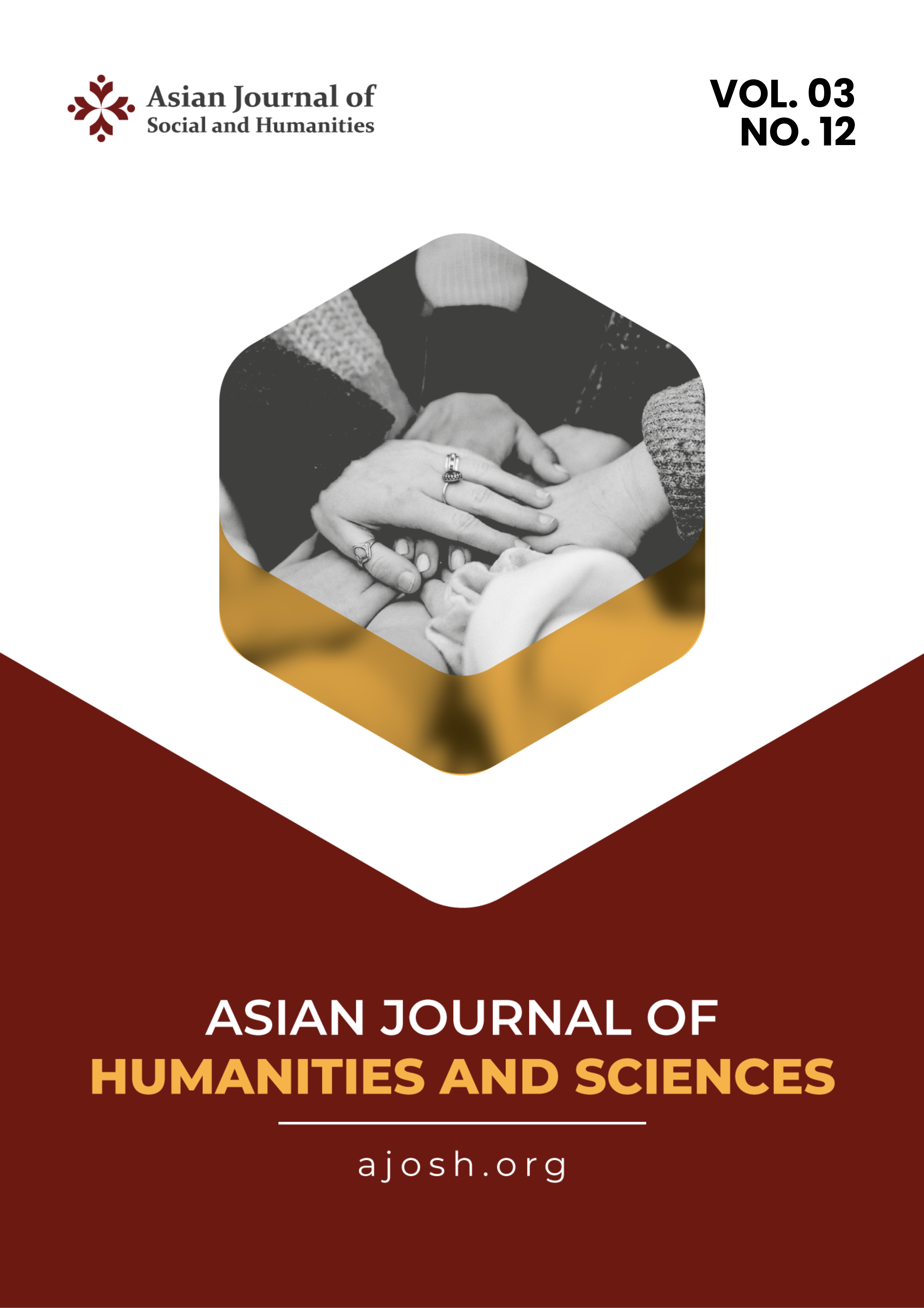Shocks, Structure, and Signals: Mapping the Evolution of ASEAN-6 Stock Market Networks Before, During, and After COVID-19 Using Graph Neural Networks
DOI:
https://doi.org/10.59888/ajosh.v3i12.613Keywords:
ASEAN stock markets, financial networks, COVID-19 crisis, Graph Neural Network, systemic risk; network topology, emerging economiesAbstract
This paper explores the evolution of interlinkages among ASEAN-6 equity markets from 2011 to 2024, with a focus on the structural impacts of the COVID-19 crisis. Using a network-based approach—incorporating Pearson correlation, minimum spanning trees (MST), dynamic time warping (DTW), and threshold networks—we observe significant changes in market connectivity across three phases: pre-crisis, crisis, and post-crisis. Findings show a marked contraction in network depth and a reconfiguration of hub nodes during the crisis, followed by partial restoration afterward. To complement the static analysis, a two-layer Graph Convolutional Network (GCN) is employed to classify market regimes, achieving a 65% classification accuracy. Saliency mapping identifies Indonesia and Vietnam as key contributors to regime differentiation, reflecting their significant role in regional contagion. The study highlights the value of combining machine learning and financial network theory to understand market stress transmission and structural adaptation in emerging market systems.
Downloads
Published
Issue
Section
License
Copyright (c) 2025 Muhammad Faiz Al Anshari

This work is licensed under a Creative Commons Attribution-ShareAlike 4.0 International License.
Authors who publish with this journal agree to the following terms:
- Authors retain copyright and grant the journal right of first publication with the work simultaneously licensed under a Creative Commons Attribution-ShareAlike 4.0 International. that allows others to share the work with an acknowledgement of the work's authorship and initial publication in this journal.
- Authors are able to enter into separate, additional contractual arrangements for the non-exclusive distribution of the journal's published version of the work (e.g., post it to an institutional repository or publish it in a book), with an acknowledgement of its initial publication in this journal.
- Authors are permitted and encouraged to post their work online (e.g., in institutional repositories or on their website) prior to and during the submission process, as it can lead to productive exchanges, as well as earlier and greater citation of published work.










